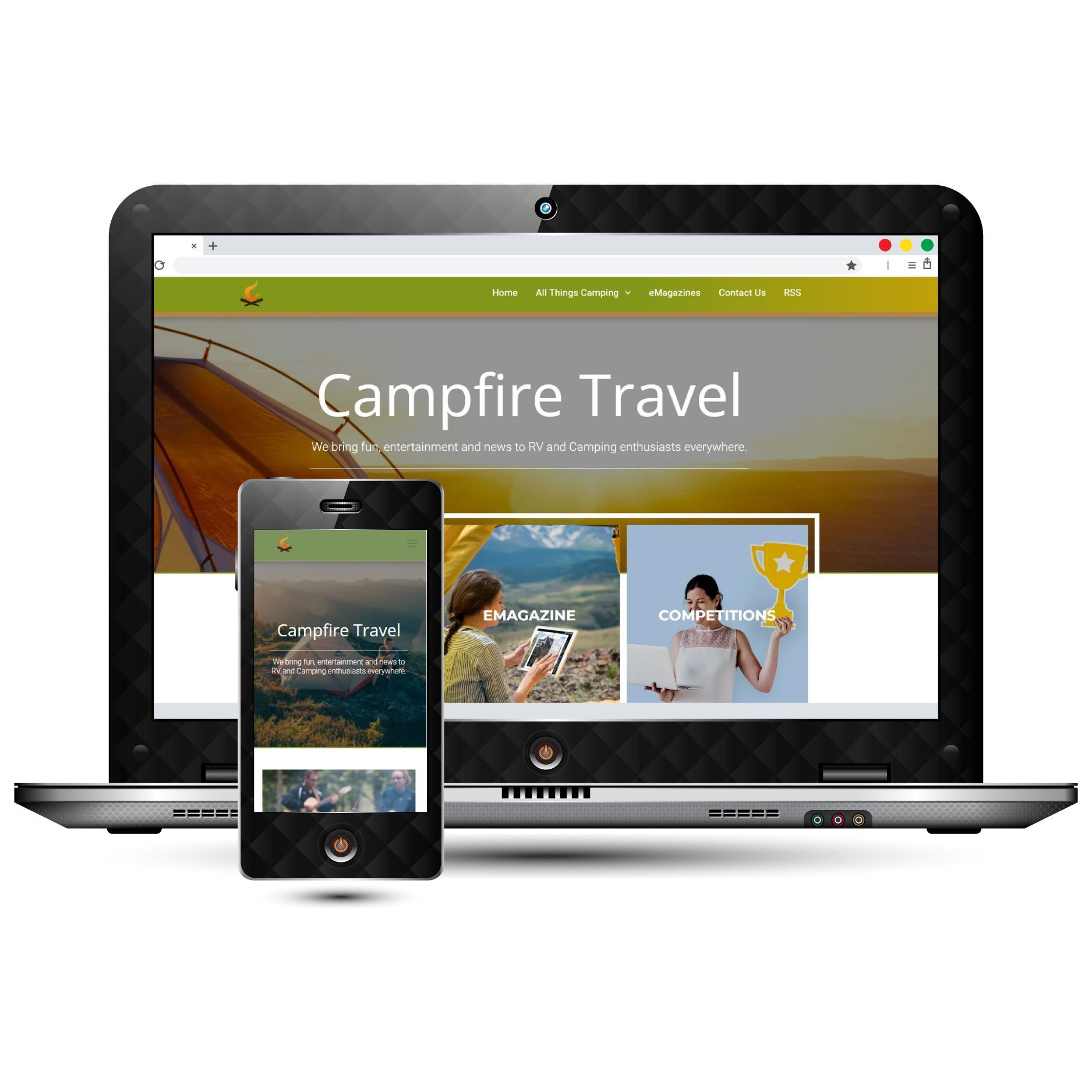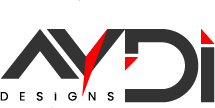Camping Website UX/UI/Web Design
A website for Camping and RV enthusiasts.

Campfire Travel
Overview
Campfire Travel is a website for campfire enthusiasts and RVers, and also hosts an e-magazine for campers and RV enthusiasts. The website allows users to read articles about camping and RVing, as well as search for campgrounds and RV parks by location, amenities, and other criteria. The goal of the design was to improve the user experience and increase user engagement with the site.
Research
To begin the design process, we conducted user research to understand the needs and pain points of Campfire Travel's target audience. We surveyed people who are interested in camping and RVing, to gather insights on their preferences and behaviors.
From our research, we found that users value the following aspects:
Access to high-quality, informative articles about camping and RVing
Easy-to-use search functionality for finding campgrounds and RV parks
A visually appealing and modern design that reflects the outdoorsy theme of the site
With our research findings in mind, we began the design process by creating wireframes for the new site layout. We focused on creating a streamlined user interface that would make it easier for users to find relevant content and search for campgrounds and RV parks.
We also developed a visual design for the site, incorporating outdoor-inspired elements like wood textures and natural colors. We created a logo for Campfire Travel that incorporates a stylized campfire icon, which we also used as a design element throughout the site.
To address the pain points identified in our research, we added new search filters to the campground and RV park search functionality, allowing users to search by amenities, pet policies, and more. We also created a more intuitive navigation structure for the site, with clear categories for articles, campground and RV park listings, and other content.

Development
Once the design was finalized, we began the development process, building the new site using responsive design techniques to ensure that it would look great on desktop and mobile devices.
We also integrated a content management system (CMS) to make it easier for Campfire Travel's staff to update the site with new articles and listings. The CMS also includes analytics tools to help the staff track user engagement and identify areas for further improvement.

Conclusion
The designed Campfire Travel website is now live, and feedback from users has been overwhelmingly positive. The new site layout has made it easier for users to find relevant content, and the modern visual design has helped to increase user engagement.
As Campfire Travel continues to grow and evolve, we look forward to working with them to continue improving the user experience and creating a site that truly meets the needs of campfire enthusiasts and RVers.

